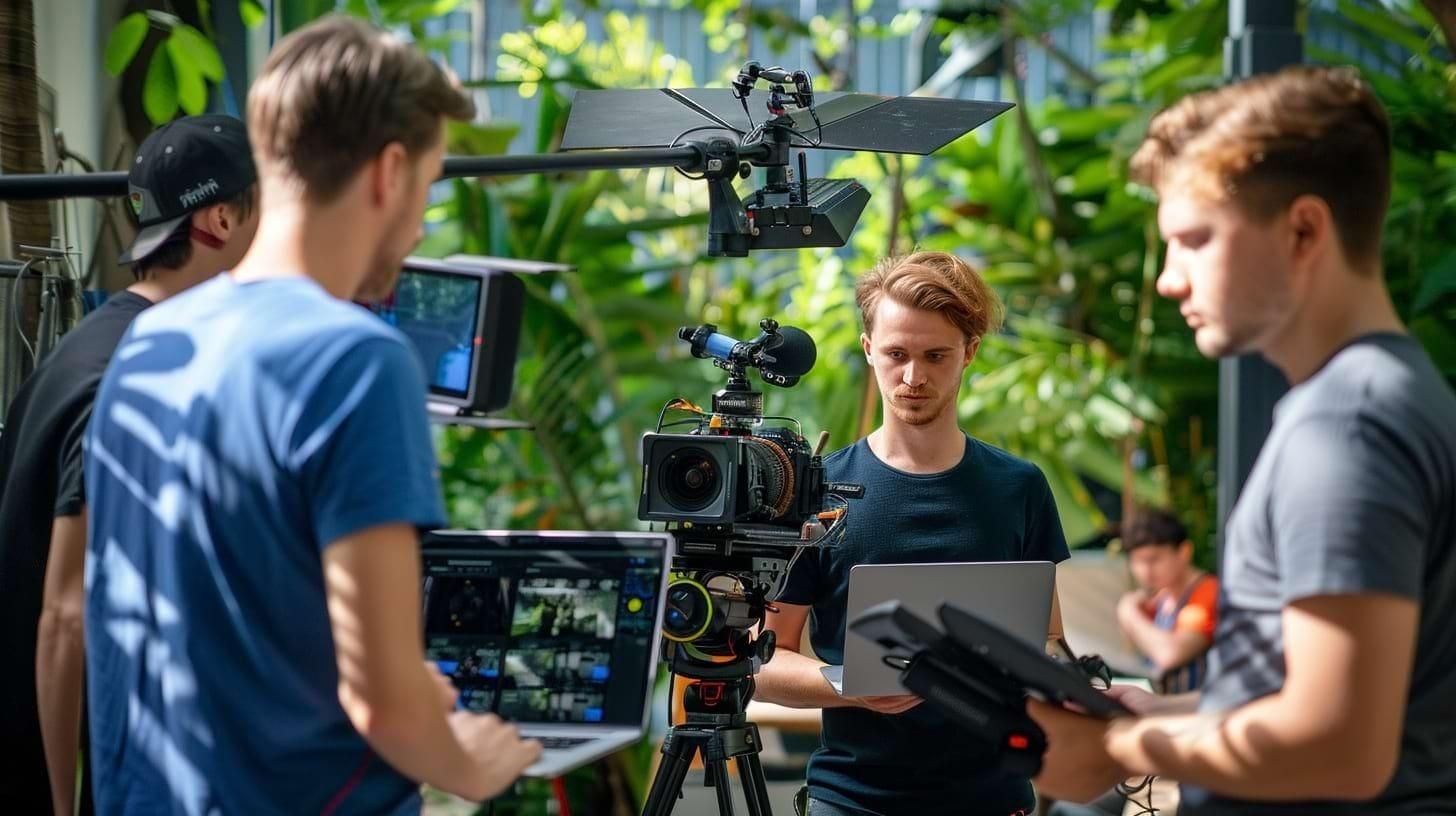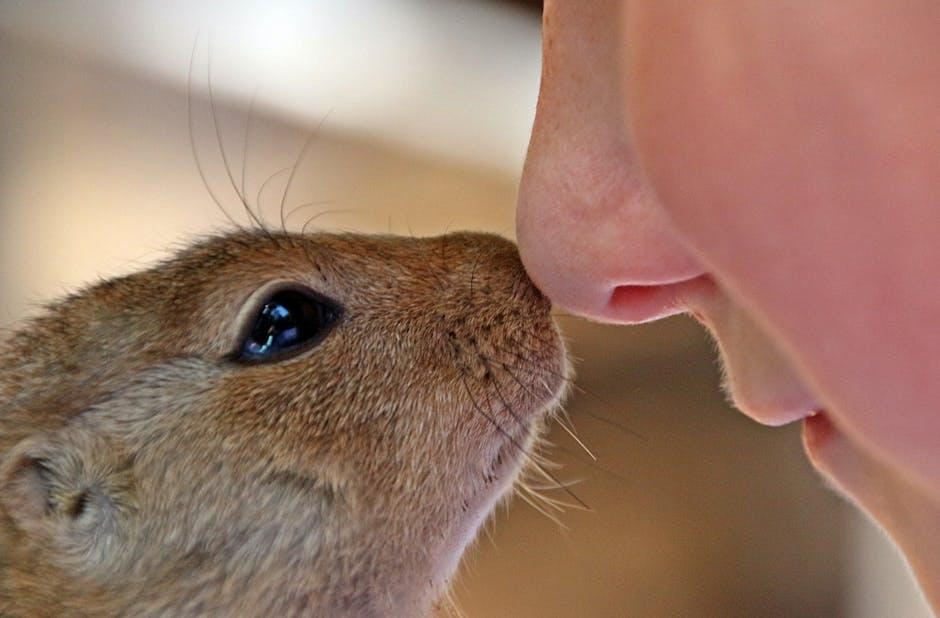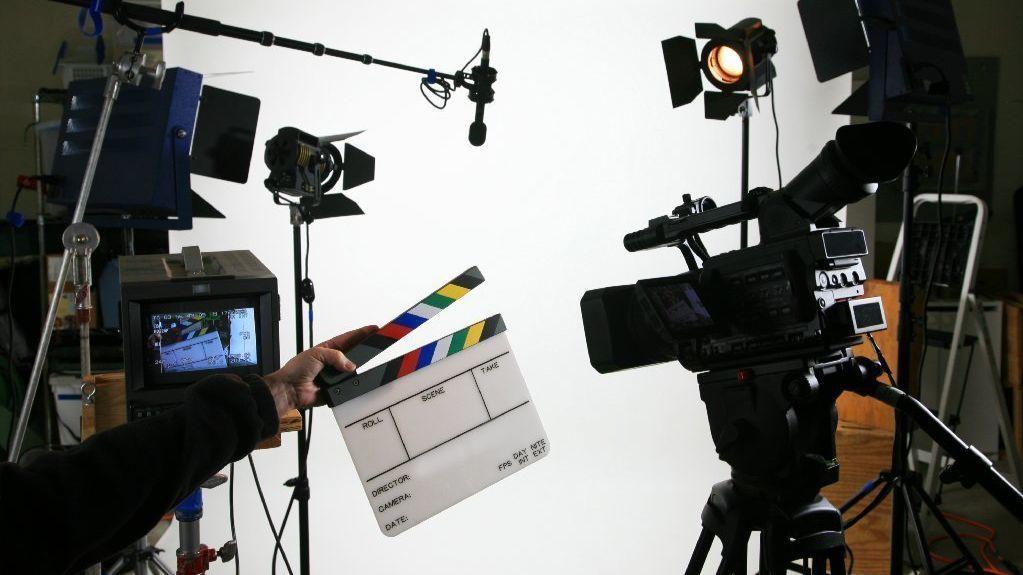In the world of filmmaking, where vision meets reality, the alchemy of collaboration often plays an unsung role in a film’s success. Behind every iconic scene and unforgettable performance lies a tapestry woven with the threads of teamwork and shared creativity. But how crucial is this collaborative atmosphere on set to the final triumph of a movie? As cameras roll and directors call “action,” we delve into the intricate dynamics of collaboration, exploring whether the harmony—or discord—among cast and crew truly shapes the cinematic masterpiece we see on screen.
Fostering Creativity: The Role of Collaboration in Filmmaking
In the realm of filmmaking, the magic often lies in the synergy between diverse minds. When directors, writers, actors, and crew come together, they form a tapestry of ideas that can elevate a narrative from ordinary to extraordinary. Collaboration is not merely a logistical necessity; it is the crucible where creativity is forged. It enables filmmakers to weave together varied perspectives, crafting a story that resonates with a broader audience.
- Shared Vision: A collaborative environment ensures that every team member is aligned with the film’s vision, allowing for cohesive storytelling.
- Problem Solving: Challenges are inevitable, but with collective brainstorming, innovative solutions often emerge.
- Diverse Perspectives: The inclusion of different viewpoints enriches the narrative, adding depth and complexity to the story.
Ultimately, the collaborative atmosphere on set fosters a creative playground where ideas can flourish, making it an essential ingredient in the recipe for a film’s success.

Building Trust: How Communication Shapes On-Set Dynamics
In the film industry, effective communication serves as the backbone of any successful production. It acts as the bridge between the director’s vision and the crew’s execution. On set, open dialogue and clear directives ensure that everyone is on the same page, reducing misunderstandings and fostering a sense of unity. This collaborative atmosphere nurtures creativity, allowing cast and crew to feel valued and inspired.
Moreover, the impact of communication extends beyond mere logistics. It builds trust, which is crucial for a cohesive team. When crew members feel heard and respected, they are more likely to invest in the project wholeheartedly. Key aspects of communication that enhance on-set dynamics include:
- Active Listening: Ensures that ideas and concerns are acknowledged.
- Regular Feedback: Provides opportunities for growth and improvement.
- Transparent Decision-Making: Cultivates a culture of trust and respect.
Ultimately, the success of a film is often a reflection of the collaborative spirit cultivated through effective communication on set.
Navigating Challenges: Strategies for Effective Teamwork
- Clear Communication: Establish open lines of communication to ensure everyone understands their roles and responsibilities. Regular check-ins can help maintain alignment and address any concerns before they escalate.
- Fostering Trust: Trust is the backbone of any successful team. Encourage honesty and transparency, allowing team members to express their ideas and feedback without fear of judgment.
- Diverse Perspectives: Leverage the unique backgrounds and experiences of your team. A variety of viewpoints can lead to innovative solutions and a richer creative process.
- Conflict Resolution: Address conflicts promptly and constructively. Create an environment where differences are viewed as opportunities for growth rather than obstacles.
- Shared Goals: Ensure that everyone is aligned with the film’s vision. A unified focus can drive motivation and enhance collaboration, leading to a more cohesive final product.
By implementing these strategies, teams can create a collaborative atmosphere that is not only crucial to a film’s success but also enriches the creative journey. Whether it’s fostering trust or ensuring clear communication, each element plays a vital role in navigating the complexities of film production.

From Vision to Screen: Recommendations for a Cohesive Production Environment
In the intricate tapestry of filmmaking, transforming a director’s vision into a cohesive on-screen masterpiece requires more than just technical prowess. A harmonious production environment is essential, fostering creativity and collaboration. Here are some recommendations to cultivate such an atmosphere:
- Clear Communication: Ensure every team member understands the project’s vision and their role in achieving it. Regular meetings and open dialogue can bridge gaps and align efforts.
- Empowerment: Encourage crew members to contribute ideas and solutions. This not only boosts morale but often leads to innovative approaches that enhance the final product.
- Respect and Inclusivity: Acknowledge the diverse talents on set. Cultivating a respectful environment where all voices are heard can lead to a more dynamic and inclusive creative process.
By prioritizing these elements, a production team can seamlessly translate creative ideas from vision to screen, ensuring that the collaborative spirit enhances the overall success of the film.

